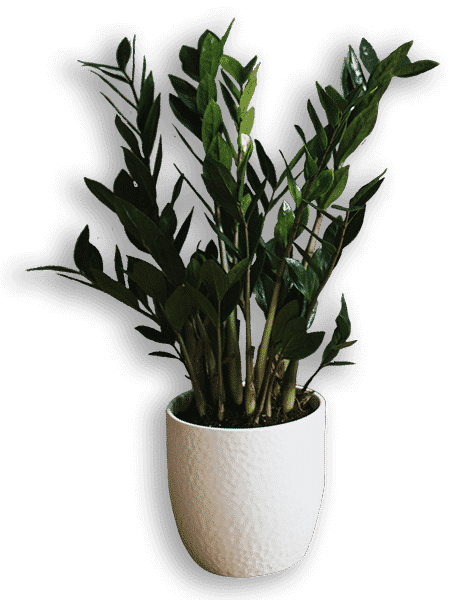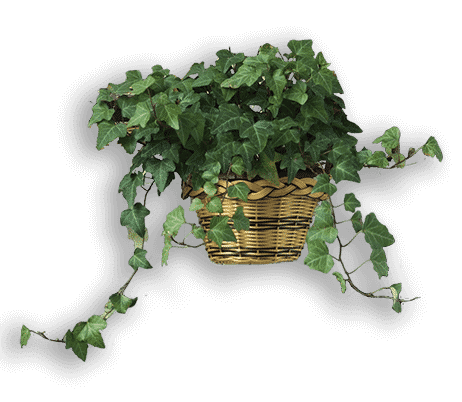
Which Plants Are Suitable for a Windowless Bathroom?
Summary for Those in a Hurry
- The plant should adapt to darker light conditions since a bathroom without windows only receives very little daylight.
- The houseplant should cope with warm temperatures
- High humidity should not harm the plant
- There should be no risk of injury from the plant in the bathroom


